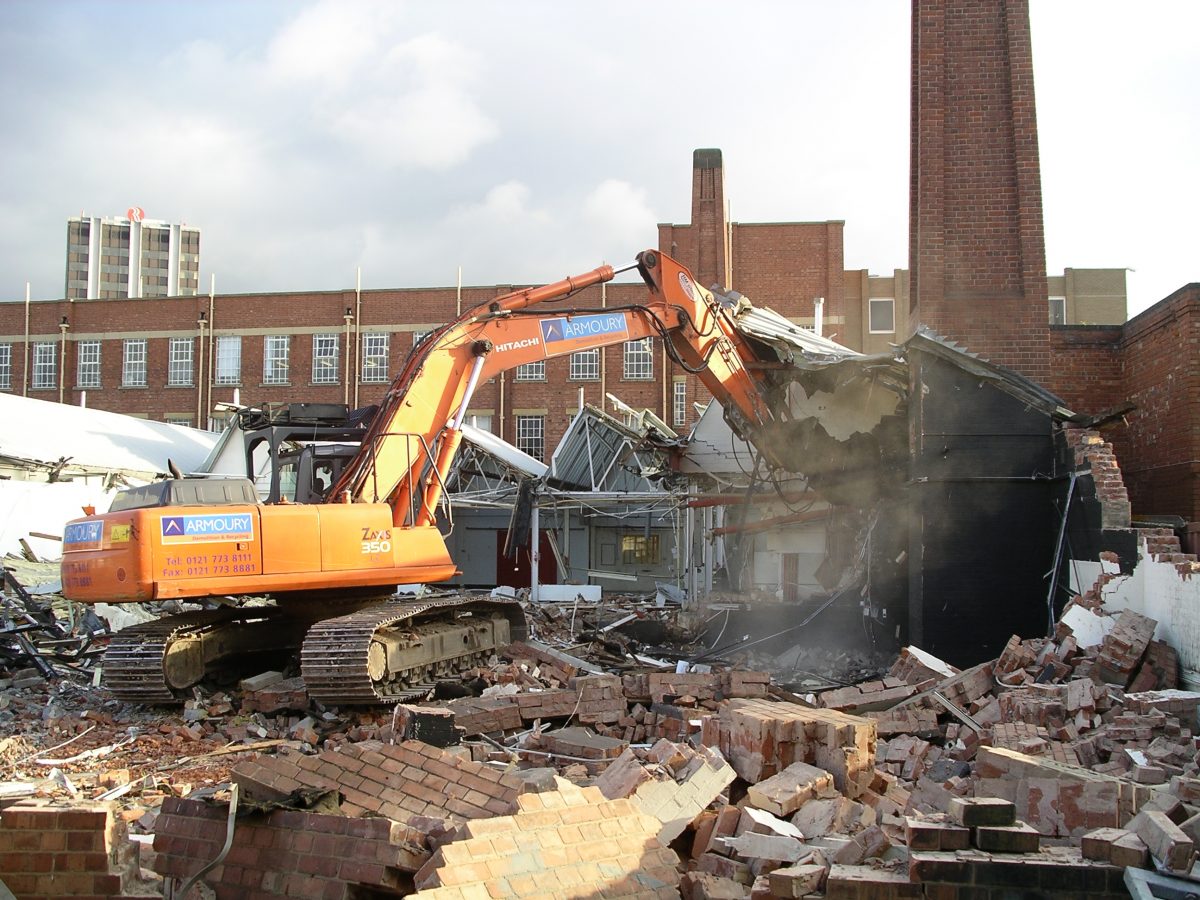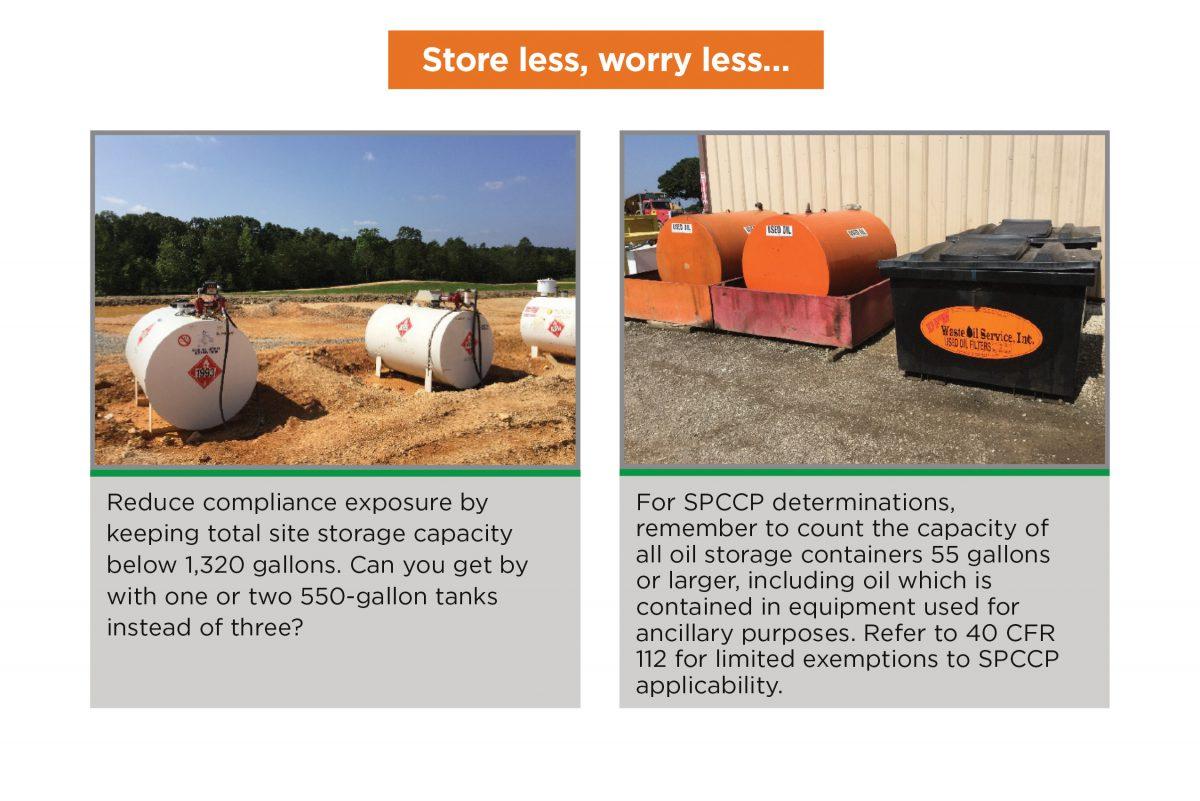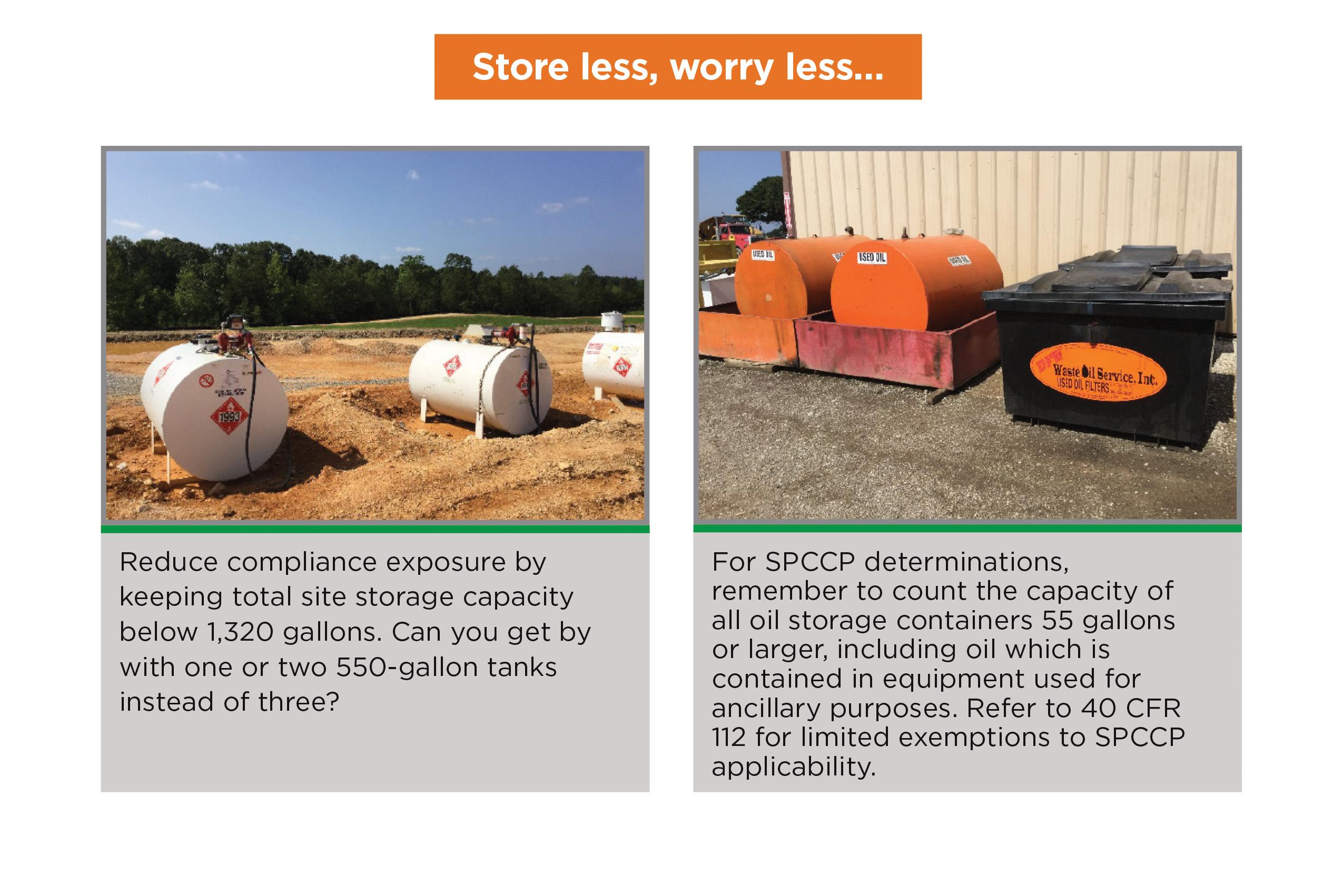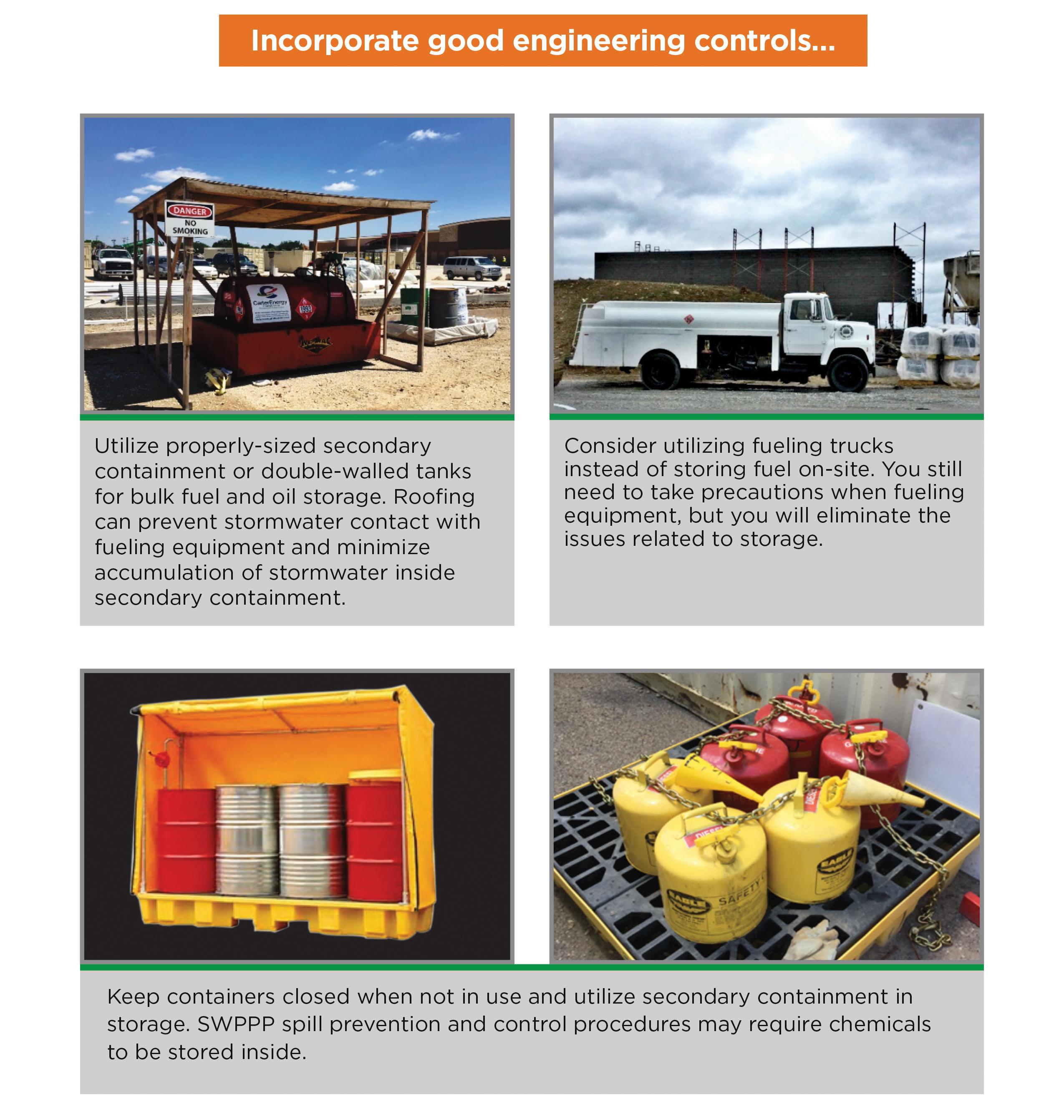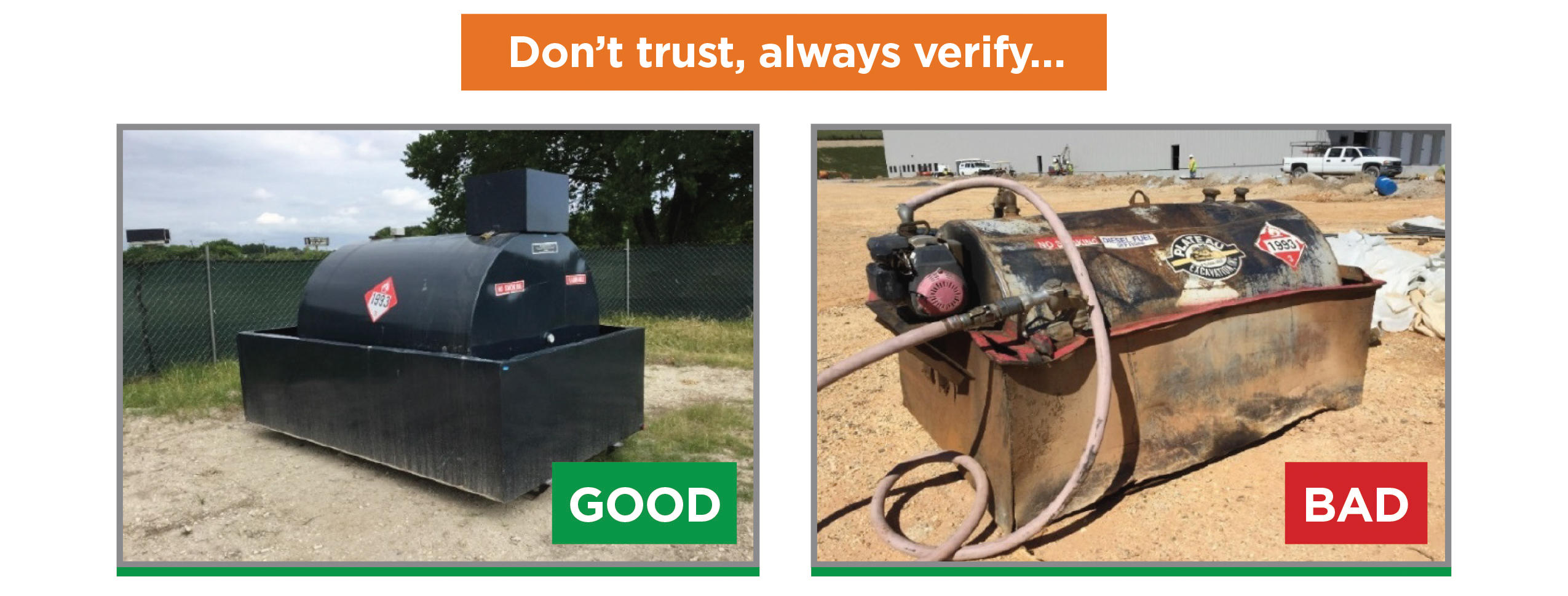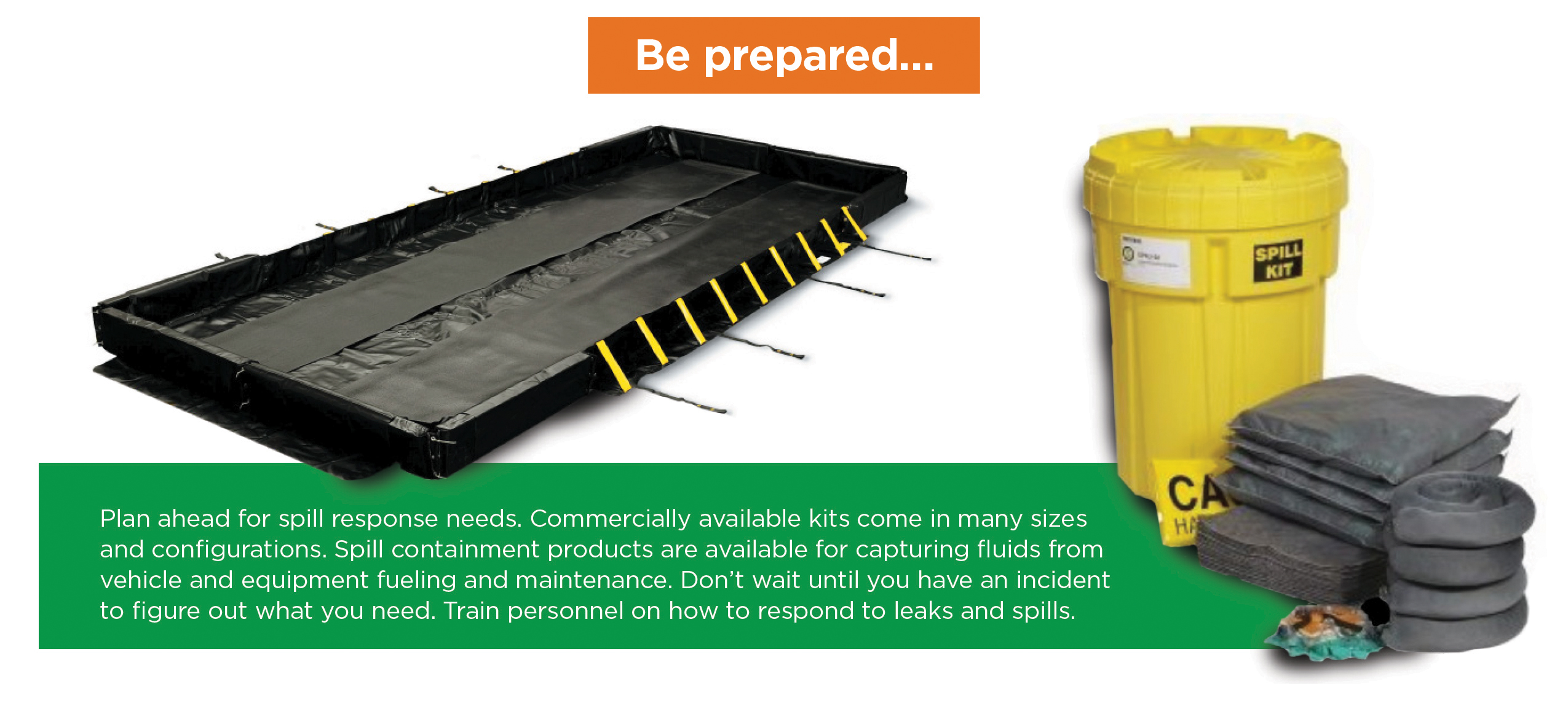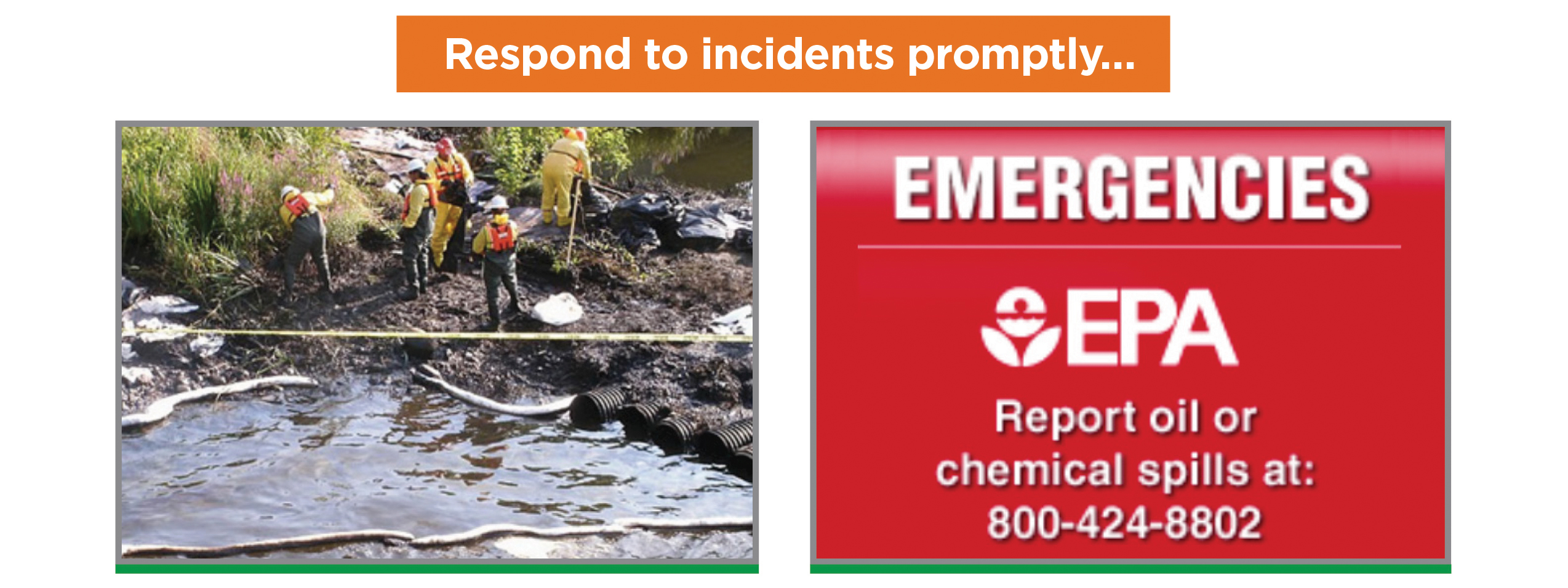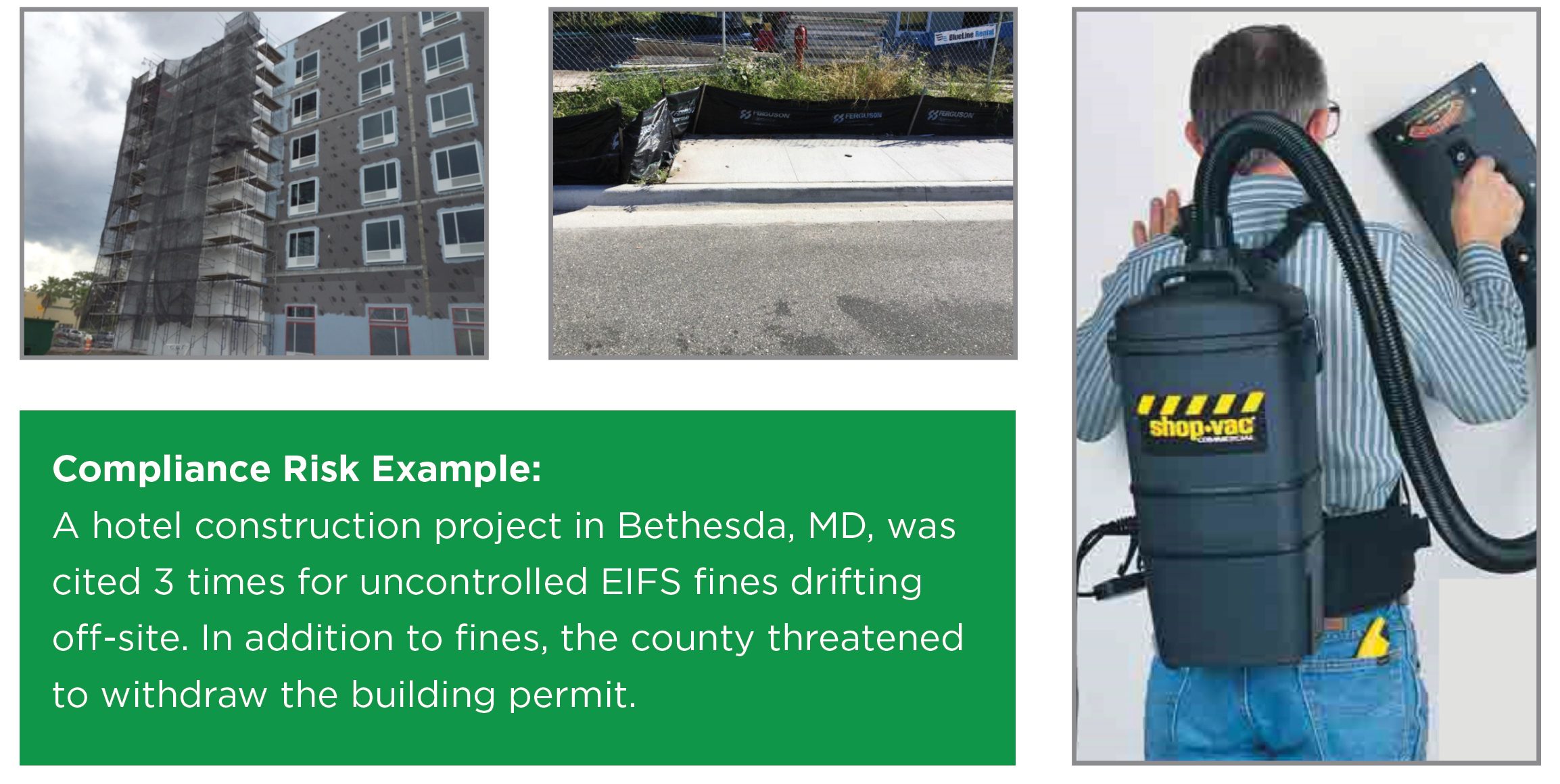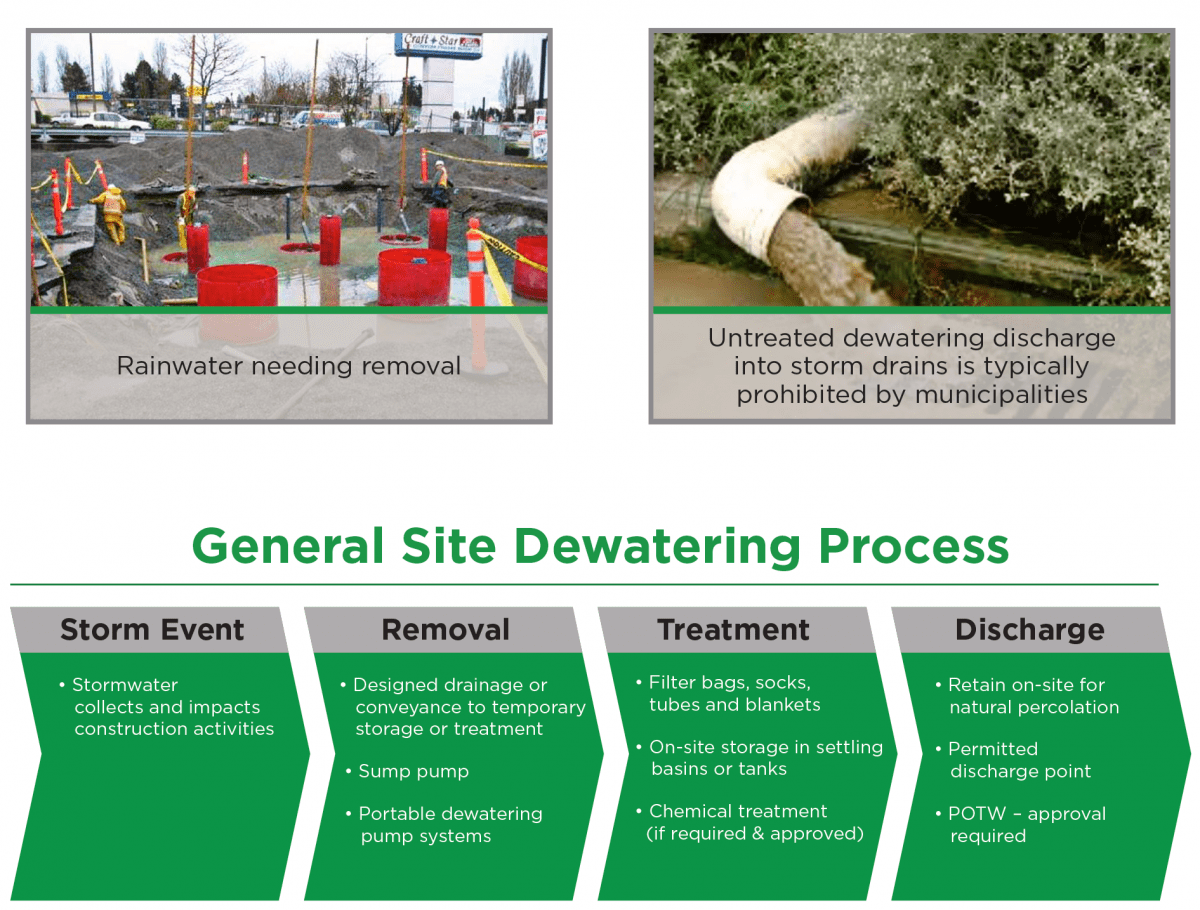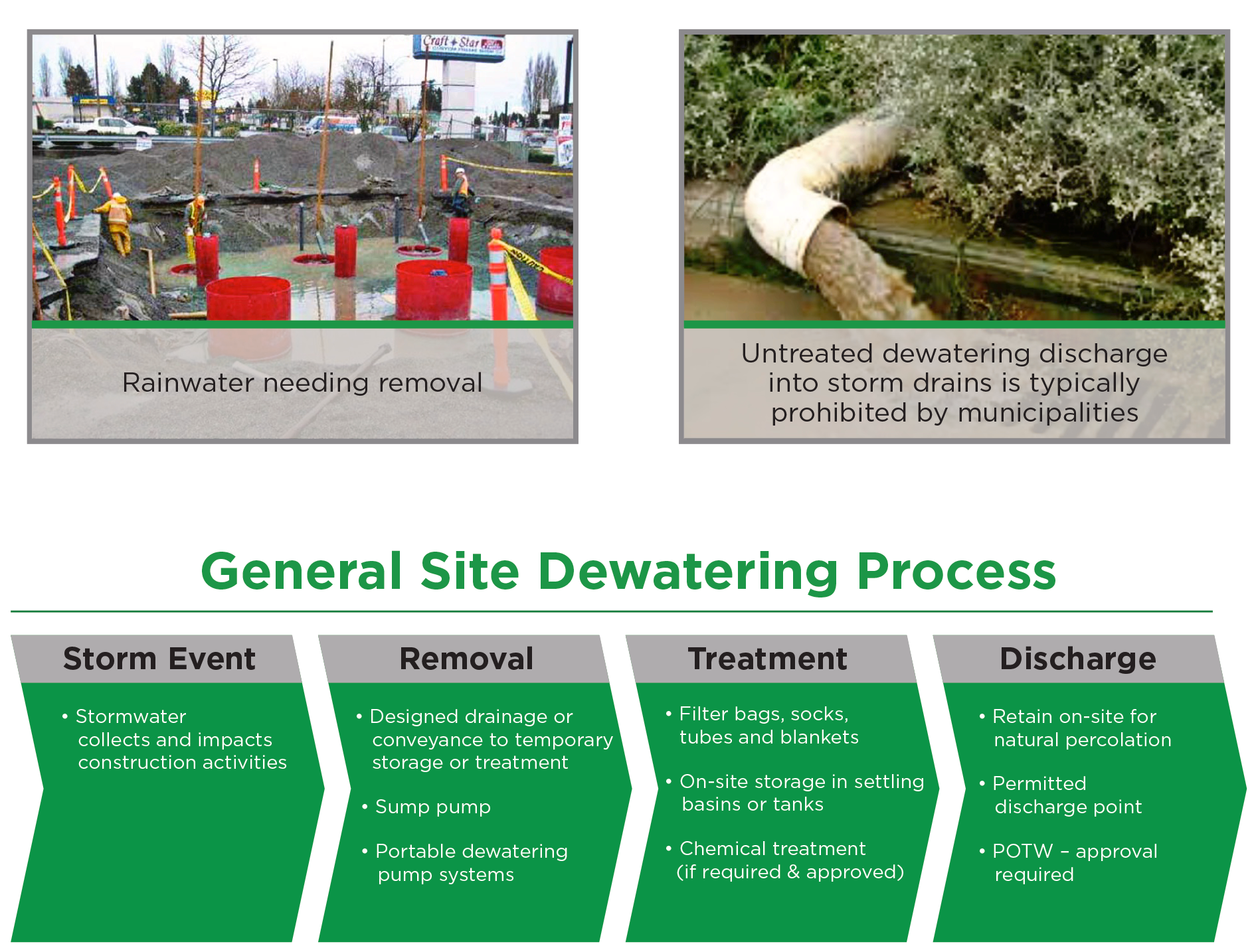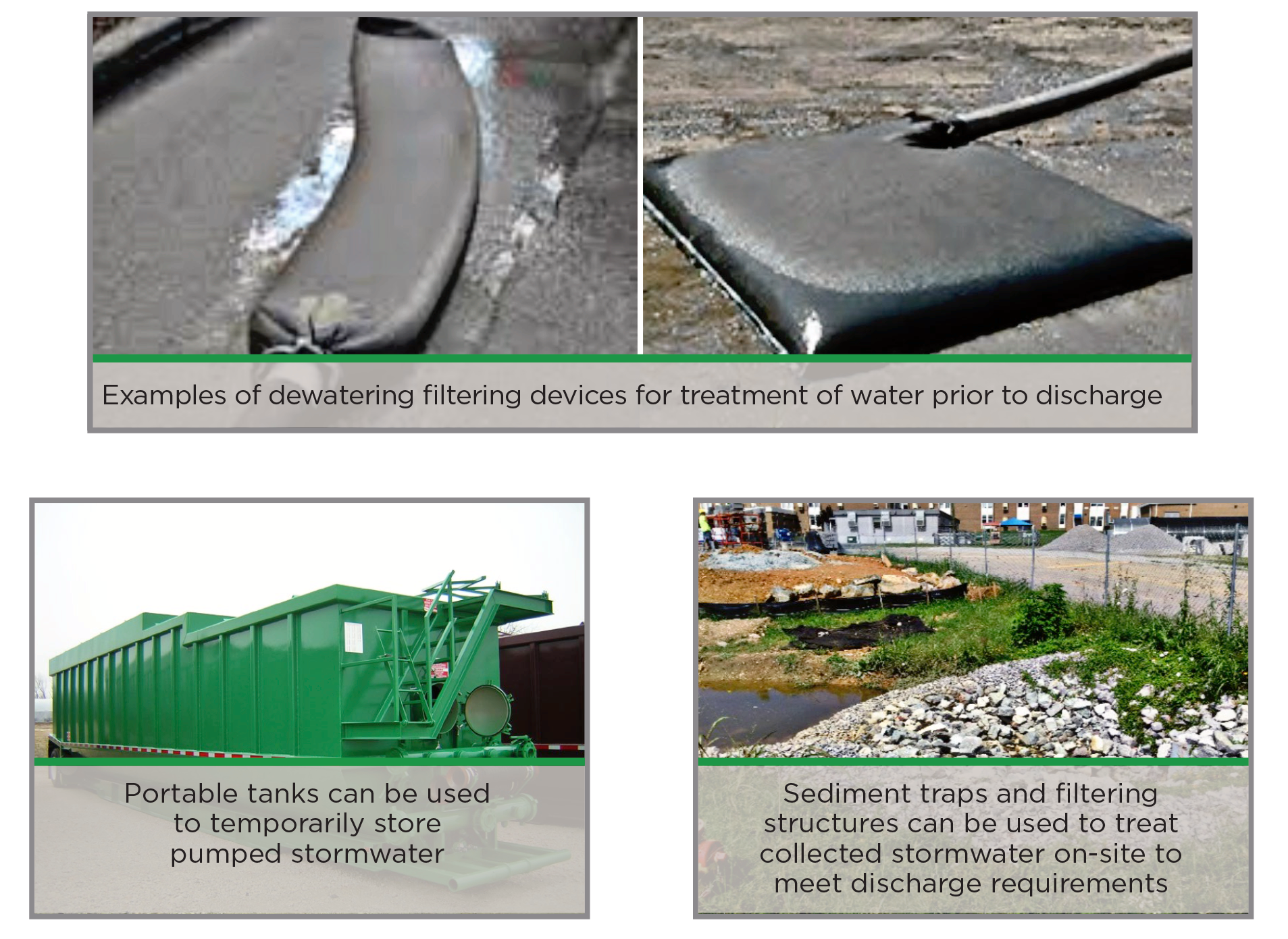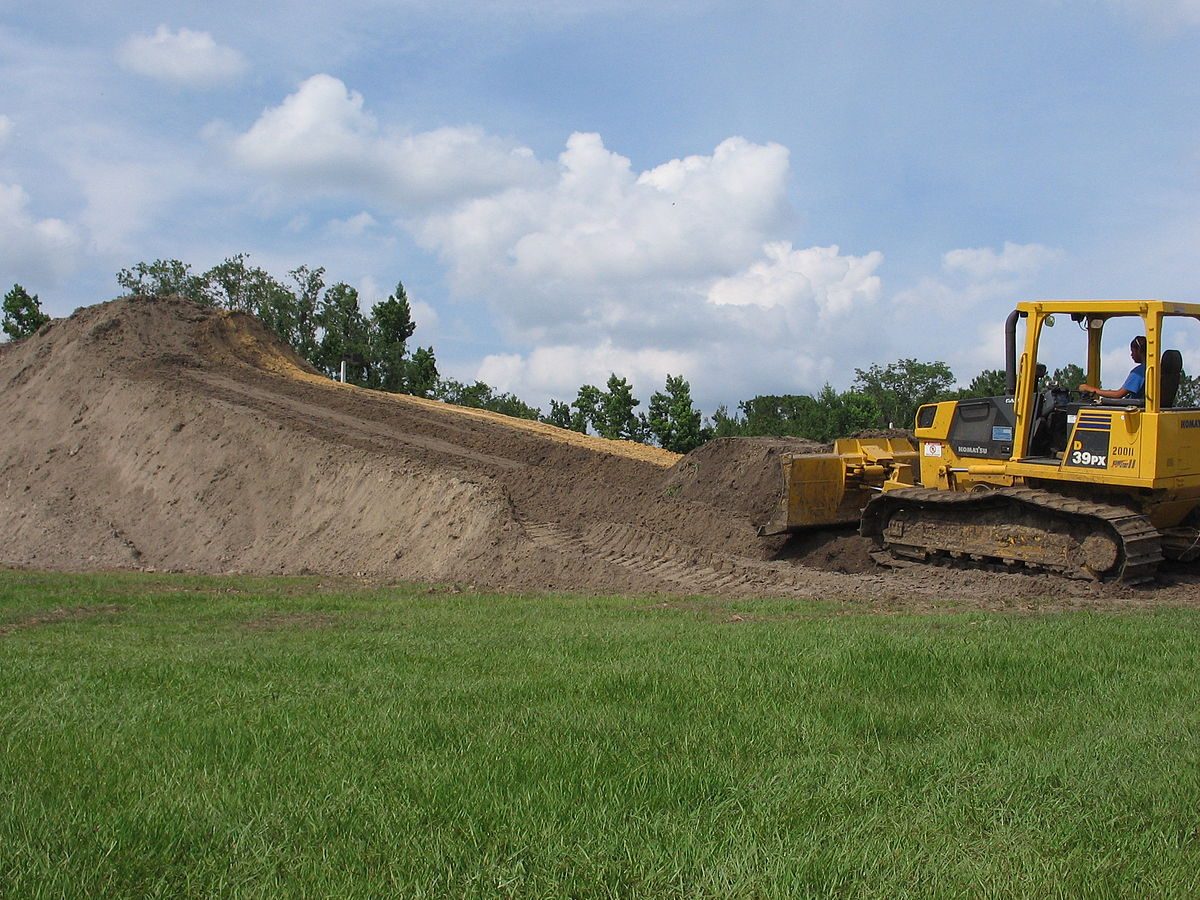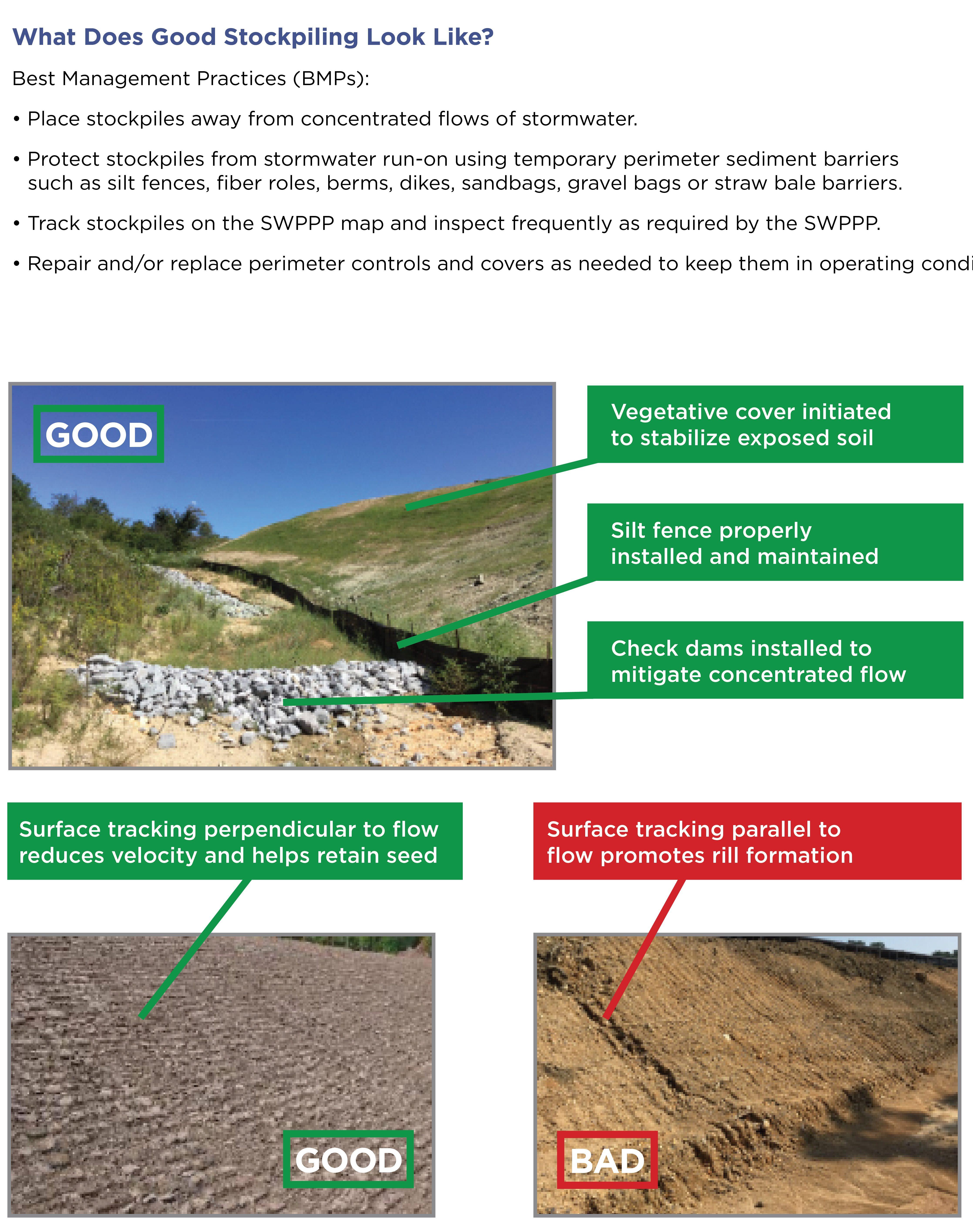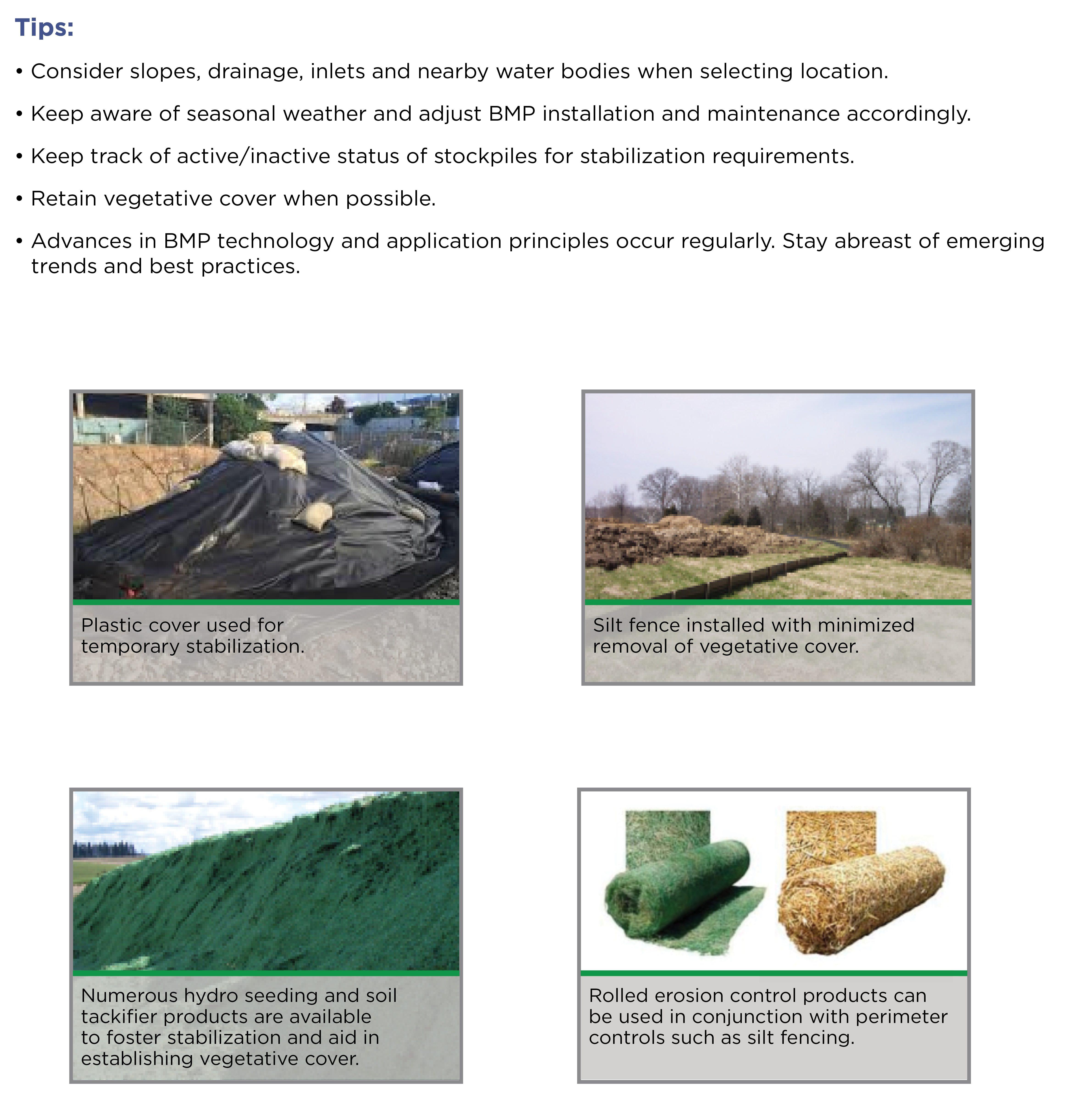Download our three-page safety guide to construction, demolition and renovation.
Managing stormwater discharges from construction sites is a common challenge, but it is not the only environmental risk out there. Property owners, building managers and general contractors often have similar compliance exposure to a range of other risks. Enforcement and civil consequences can be severe at the company and individual level.
Keep the following in mind when working at sites with existing structures or other development.
ASBESTOS
What’s the Risk?
• Asbestos was used in many building products until the late 1970s.
• Asbestos exposure can lead to serious—often fatal—lung diseases.
• The EPA and OSHA regulate companies’ demolition, renovation, processing, handling, and disposal of asbestos-containing material.
Make sure to…
• Identify regulated asbestos-containing material (RACM).
• Verify contractors working with RACM have required training and professional licenses.
• Ensure adherence to all required removal and disposal work practices
• Verify RACM is disposed of in an authorized landfill facility.
LEAD
What’s the Risk?
• Lead can be found in construction in surface coatings, piping, flashing, tank linings and conduits.
• Lead is toxic and causes damage to numerous body systems.
• Renovation, repair, and painting of residential structures is strictly regulated.
• Lead paint removal from bridges and other structures may be regulated at the state and local levels.
• Demolition debris of commercial buildings may also be regulated at the state and local levels.
Make sure to…
• Understand the scope of work and applicable requirements before you bid a project.
• Verify required training and professional licenses.
• Adhere to all required removal and disposal work practices.
CONTAMINATED SOIL / GROUNDWATER
What’s the Risk?
• Unknown contamination from historical activities may exist.
• Disturbance and improper handling of soil may spread contaminants to ground water or other waterbodies.
• Reuse of soil as fill material may not be authorized.
• Exposure to unprotected workers and public may occur.
• Unauthorized handling, use or disposal can result in civil and criminal enforcement.
Make sure to…
• Verify proper environmental due diligence is conducted for sites with any potentialfor contamination. Phase I and Phase II environmental site assessments are often conducted to identify existing and potential contamination.
• Verify that required work practices are followed for removal, handling, storage and disposal of contaminated soils.
• Only utilize personnel who have required training and proper equipment to perform soil
removal and disposal activities.
MERCURY
What’s the Risk?
• Many items inside buildings can contain mercury including fluorescent lamps, mercury vapor lamps,
metal halide lamps, thermostats, various electrical switches and more.
• Mercury is an extremely persistent and toxic threat to human health, as well as the environment.
• Storage and disposal of mercury-containing materials is regulated by EPA and many state agencies under specific rules for “Universal Wastes.”
Make sure to…
• Identify materials that contain mercury.
• Follow Universal Waste regulations, which were designed to promote proper handling and recycling while easing regulatory burdens. However, labeling, handling and disposal requirements must be followed.
POLYCHLORINATED BIPHENYLS (PCBs)
What’s the Risk?
• PCB-containing materials were used in builds and renovations between 1950 and 1979 for caulking, electrical transformers, capacitors and fluorescent light ballasts.
• PCBs cause a variety of serious, adverse health effects.
• Storage and disposal of PCB-containing materials is strictly regulated by the EPA.
Make sure to…
• Identify materials that contain or are contaminated by PCBs.
• Ensure required work practices are followed for removal, repair, cleanup, storage and disposal of PCB-containing materials.
REMOVAL OF EQUIPMENT & CHEMICALS
What’s the Risk?
• Many items contain oils, fuels, and other chemicals, and improper decommissioning and dismantling can result in releases of these materials.
• Failure to properly remove and dispose of regulated materials can result in environmental contamination and public endangerment.
• Disposal of oils, fuels, refrigerants and other chemical substances is strictly regulated.
Make sure to…
• Identify all potential sources of chemical storage, including underground storage tanks and piping.
• Verify all equipment that is to be dismantled and removed has been properly decommissioned.
• Identify and properly classify all chemical materials that are to be disposed.
• Ensure required work practices are followed for removal, handling and disposal of chemicals and contaminated equipment.
All of these risks can be identified and mitigated through proper due diligence, planning and use of safe work practices.
Need assistance on an upcoming project, contact us.

